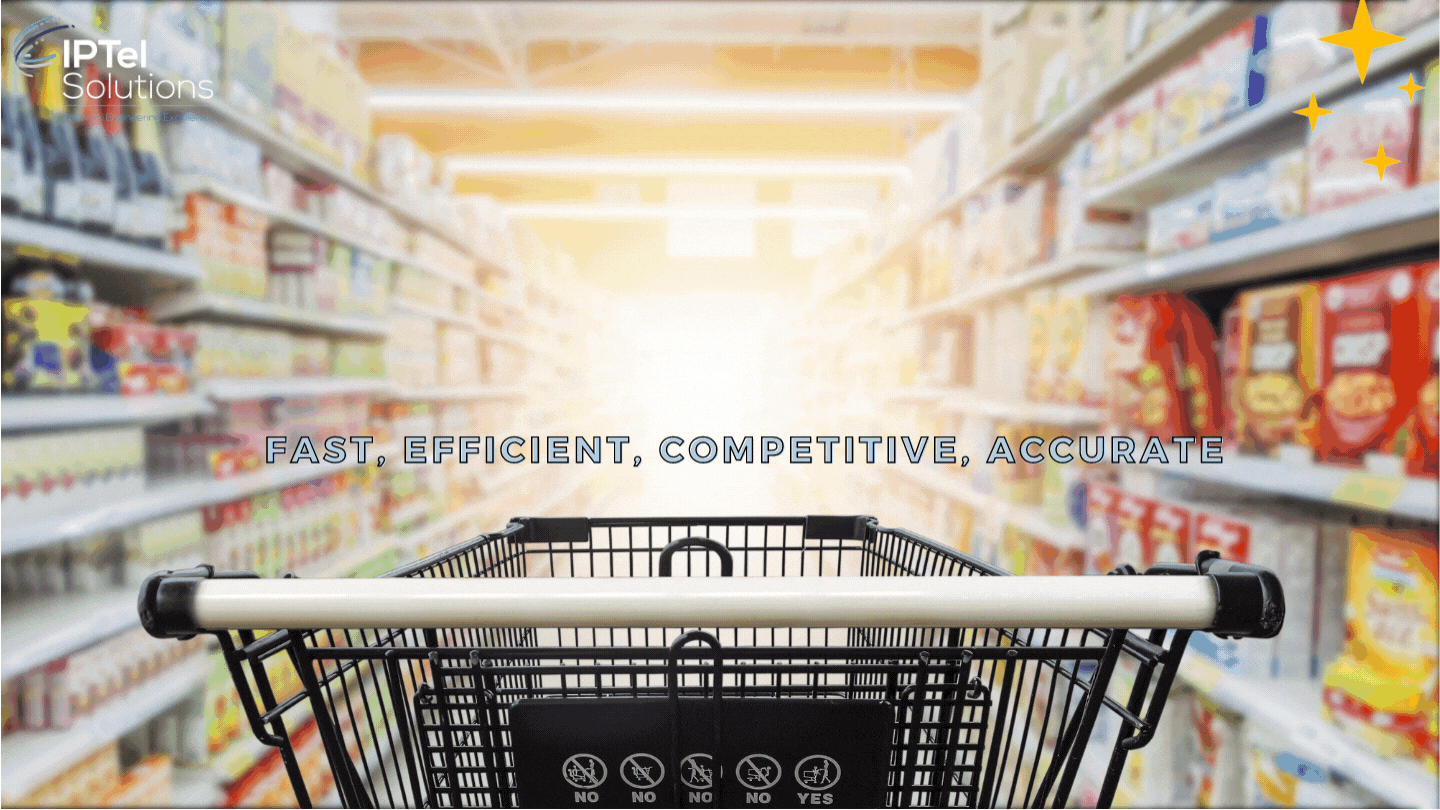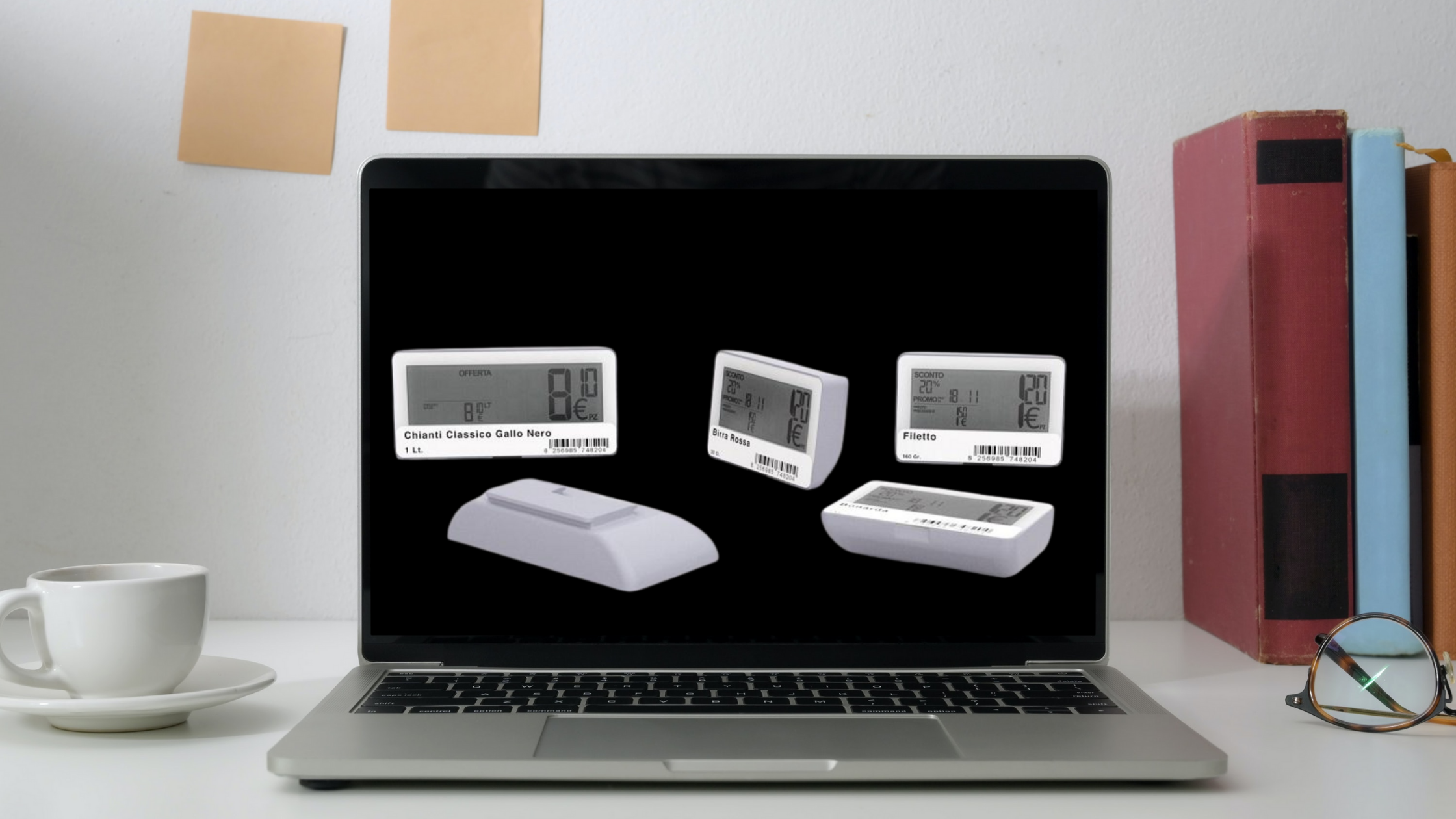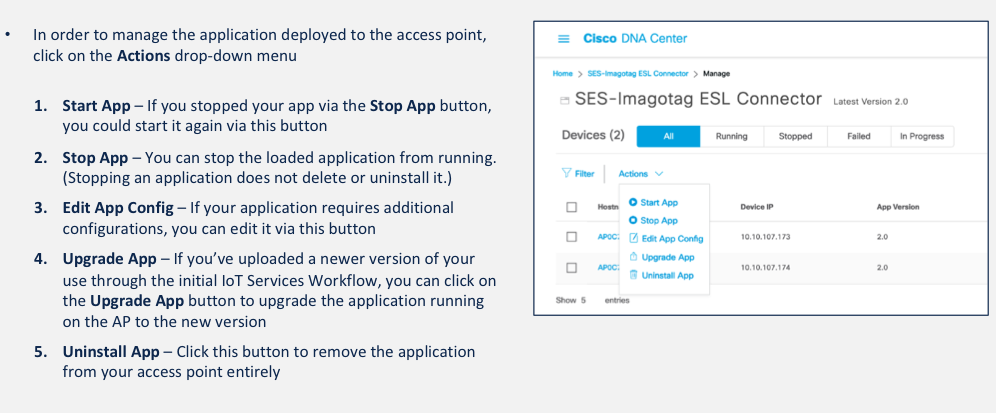Supermarkets and many other retailers have to label hundreds to thousands of items on their shelves.
This is time consuming and mundane - what if there were a better way?
Electronic Shelf Labelling is the answer - here's how to integrate this with your Cisco Access Points.

Supermarkets spend a lot of time updating pricing on their many line items. This has a whole host of negative side effects:
- Time Consuming: Staff spend countless hours updating labelling
- Inflexible: The labels cannot be universally updated across multiple stores at once
- Costly: All that labour to update equals a very costly way to update basic information
- Inaccuracy: There's no guarantee the shelf label always matches the price at the till
Electronic Shelf Labelling
.gif?width=196&name=The%20top%205%20Retail%20Challenges%20(Instagram).gif) Amongst the myriad of challenges that retailers face, keeping all the inventory line items correctly priced is a real headache.
Amongst the myriad of challenges that retailers face, keeping all the inventory line items correctly priced is a real headache.
Internet of Things (IoT) has promised a lot of innovation, and it delivers - automated shelf labelling is a massive time saver.
ESL labels are essentially electronic paper labels, which are uniquely addressable and controllable. They can be quickly updated and provide retailers with a whole host of advantages:
- Competitiveness: Vastly cheaper to rollout pricing changes, they can be updated frequently to ensure competitiveness
- Market Segmentation: Markets can be segmented with the pricing of goods uniquely costed, based on the market
- Cost Reduction: No more hours spent for staff in implementing shelf labelling - a highly mundane task - when staff could be more efficient and useful elsewhere
The image below shows one type of label - these are small form factor devices which attach the shelf and typically use electronic paper for very low power consumption:

Deploying Electronic Shelf Labels
The tags themselves may communicate in a variety of ways, depending on the manufacturer:
- Wi-Fi
- Zigbee
- Proprietary radio
The IoT nature of ESLs means that they tend to be small, low powered devices, which are suited to using low powered methods to communicate.
(Quick side note - the images below have been taken from this original Cisco blog: Cisco Catalyst Access Point Application Hosting)
One option is that they use a manufacturer specific USB device to connect. The image below shows this setup, where there is an ESL USB connector plugged into the back of the AP:
The AP runs an application on the AP (this is pretty impressive in itself) in a Docker container. The application on the AP communicates to the shelf labels via the installed ESL USB connector.
This is a pretty interesting setup - the access point has had its functionality extended way beyond Wi-Fi and is now communicating with third-party devices, while running an application on board.
The ESL label is now connected to your corporate network, via the middleware running on the access point.
ASSOCIATED BLOGS:
- Application Hosting on Catalyst APs Deployment Guide
- Cisco Catalyst Access Point Application Hosting
- Cisco DNA Spaces Applications
Application Hosting to Support ESL
As mentioned above, newer Cisco APs can host applications on the AP itself. This can extend beyond just ESLs to a whole host of IoT use cases. The link below might be useful in helping setup your ESL application hosting:
As detailed in the short process below, the ESL connector can be deployed to the access points via Cisco DNA Center.
This allows the application to be deployed, upgraded and maintained from one location, via a graphical tool to control the application:
ASSOCIATED BLOGS:
Electronic Shelf Labelling: Summary
Electronic Shelf labelling is one of the technologies that will really help retail. There are many challenges in the retail space and efficiency in the store and the retail supply chain are key in keeping the retail vertical at the forefront of technology.
.gif?width=235&name=Top%20Retail%20Warehouse%20Technologies%20(Instagram).gif)
Technology isn't just for technologies sake though. The deployment of IoT technologies such as ESLs provide a major set of benefits for the retailer.
The innovation to support IoT devices in containers on Cisco access points really provides the back end enabling technology to allow so many of these technologies to take off.
The future thinking retailers will be testing these technologies to see what mix of future technologies will support the efficiency and customer service in their business.
It's going to be an interesting time!
Hopefully this run through has been of use. We deliver many of the technologies discussed in this blog, feel free to drop us a line, if we can help at sales@iptel.com.au
ASSOCIATED BLOGS:






.gif)
.png)